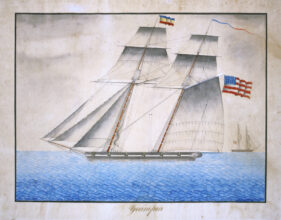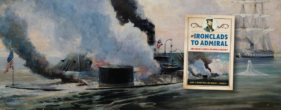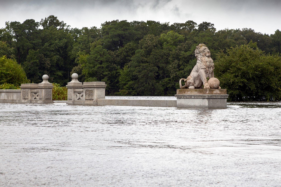Search Results for: Huawei H13-629_V3.0 Clearer Explanation: HCIE-Storage V3.0 - Pdfvce Assist you Clear Exam 🏔 Download ➤ H13-629_V3.0 ⮘ for free by simply searching on ➤ www.pdfvce.com ⮘ 🎈H13-629_V3.0 Latest Mock Test
-
From Ironclads to Admiral Author Panel
Saturday, May 3, 2025 11:00 AM to 12:00 PM





